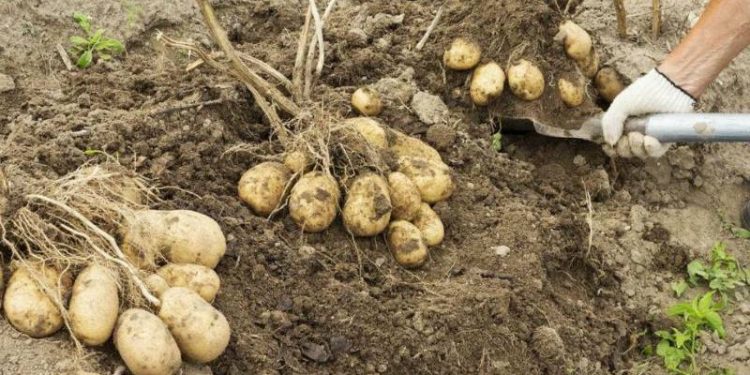Recognizing agricultural sustainability is easier than describing it. A fact made more challenging now that we’ve started to use words like “regenerative”, “resilient”, and “climate smart” to describe desired agricultural practices. Regardless of the words and definitions used, in agriculture, we all want the same thing: a system that makes full and responsible use of the available natural and human resources under continual improvement, leaving a growing positive legacy for future generations.
In my work with the Potato Sustainability Alliance, I’m helping the potato industry identify metrics and tools to better measure and report sustainability on North American potato farms. This work obviously has a great impact on farmers and the additional time and energy they spend collecting and sharing data. Sometimes I run into farmers and others who will say something like, “This would be so much easier if you would just tell me what I need to do to be sustainable.” or, “Tell me where the line of sustainability is, how close I am to it, and what I need to do to get across it, and I’ll be fine.” Implied in these comments is a belief that sustainability is a one time “check box” which can be achieved, like a score on the SAT, taken once, and then attached to that farm’s permanent record.
Amy Skoczlas-Cole, Executive Vice President at Trust in Food, told me recently about research they’ve conducted identifying commonalities about farmers’ hopes, dreams, and fears regarding their futures and the future of agriculture. Through this research, we’ve learned most farmers are focused on leaving a generational legacy. Farmers want to pass on the farm business and the farmland to the next generation in an improved condition. If true sustainability includes this notion of a generational legacy (and I think it does), then reaching sustainability is not a one-time accomplishment. Achieving sustainability is a continual process. Sustainability is about continual improvement.
At our best, human beings are always improving. Equal rights for women did not stop with the 19th amendment, and labor reform didn’t stop with the establishment of an 8-hour work day. Likewise, efforts towards agricultural sustainability won’t stop now that John Deere no longer makes moldboard plows.
Our goal is not to get a passing score on the SAT of sustainability. Asking the question, “Am I sustainable?” is too low of a bar to set for ourselves. The farmers I know are actively trying to improve the resources at their disposal so they can enjoy the enhanced productivity and leave a legacy for future generations.
If history has taught us anything, tomorrow’s risks will be greater than today’s. Rather than asking, “Am I sustainable?” a much more important and helpful approach is to consider what is needed to reduce the inherent risk in business, and in life. This means the soil needs to be continually healthier and more productive, with more carbon and more and better water. Farm workers need to be healthier and with less risk for injury, and so on.
But no matter the measurement, we have to move toward the positive. Sustainability is a continuum of improvement. Sustainability is resource positive.








